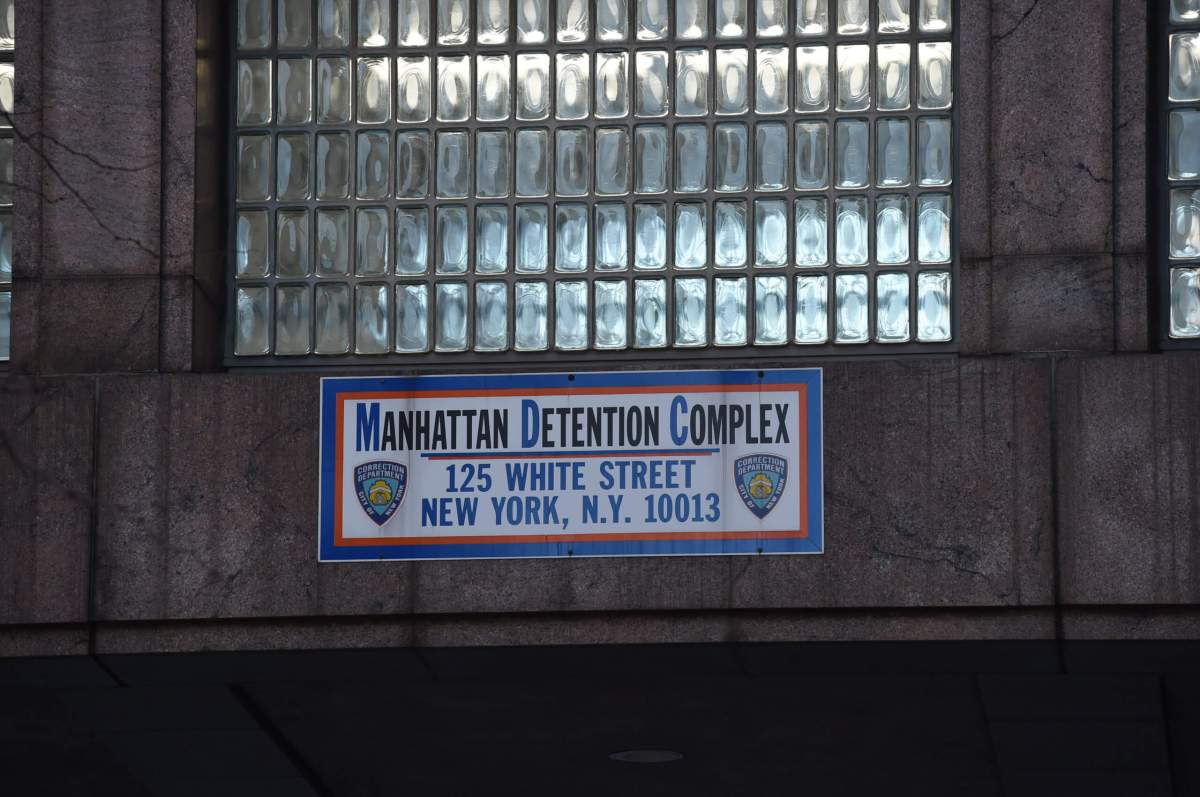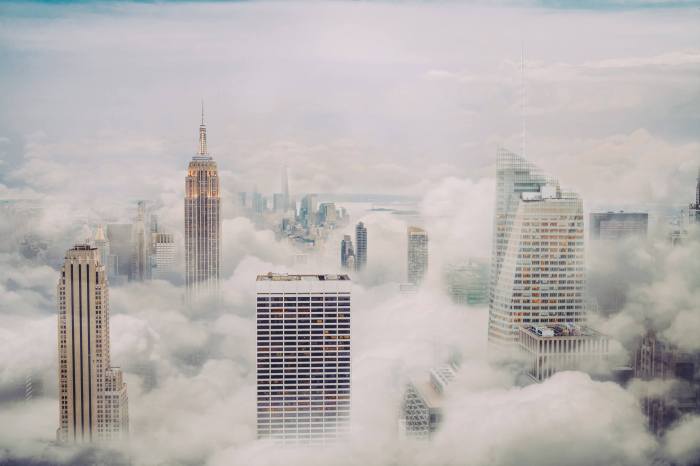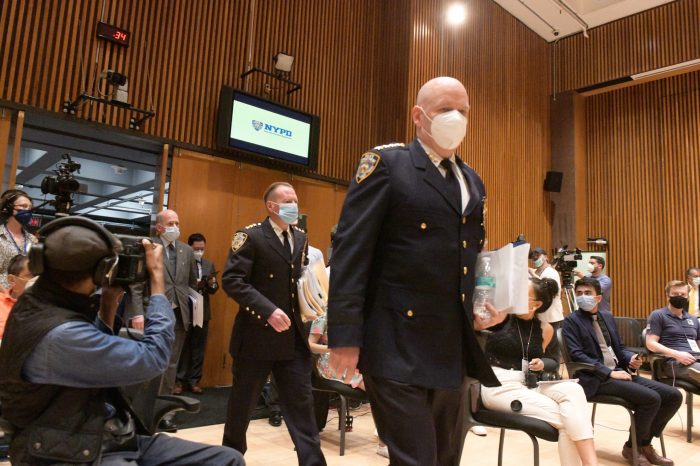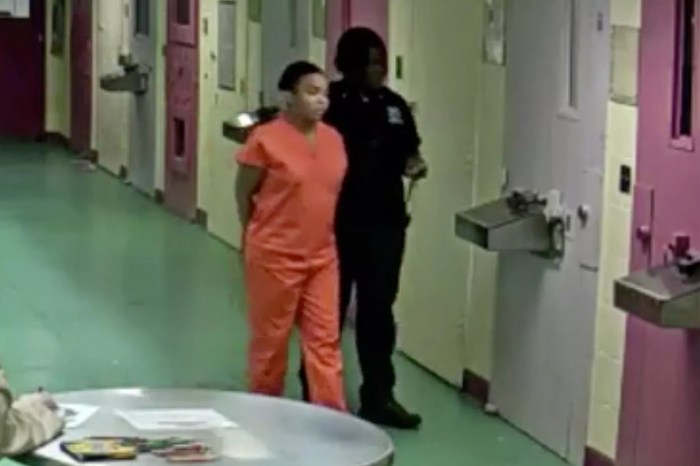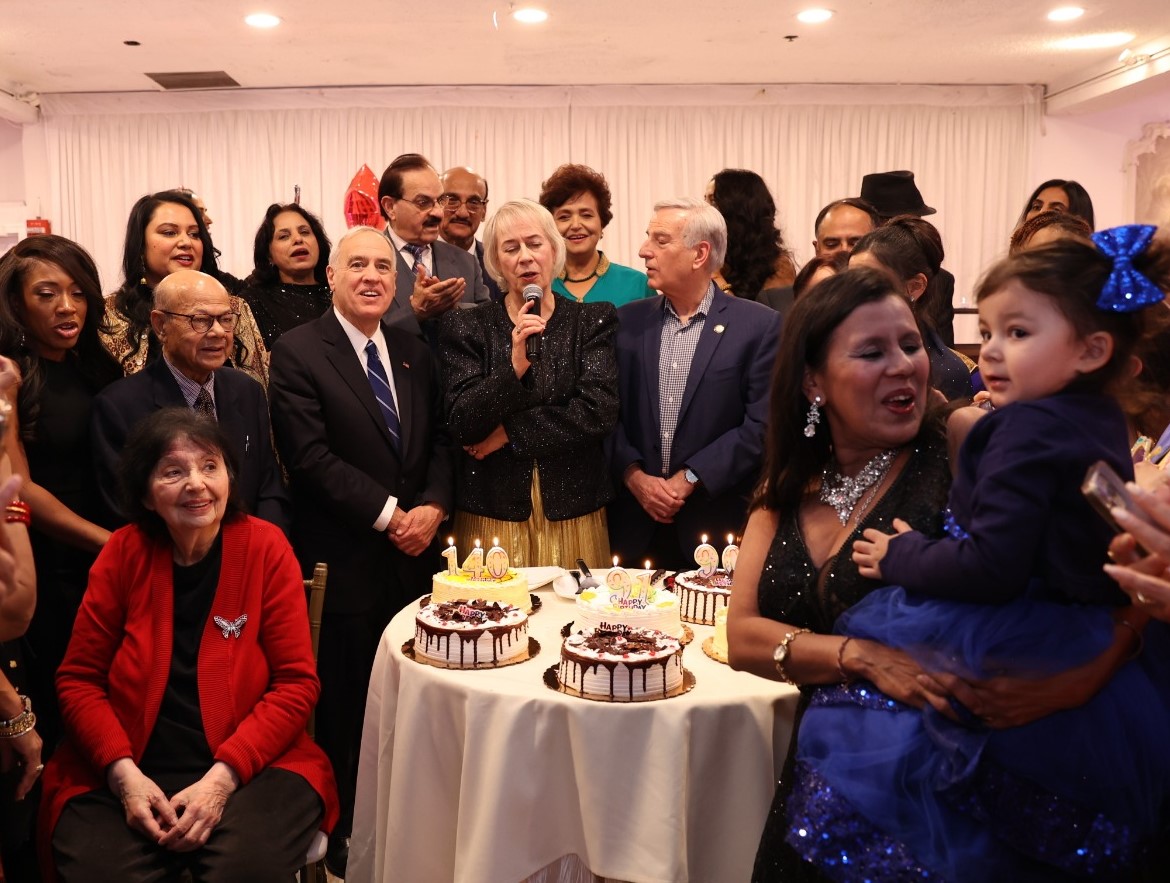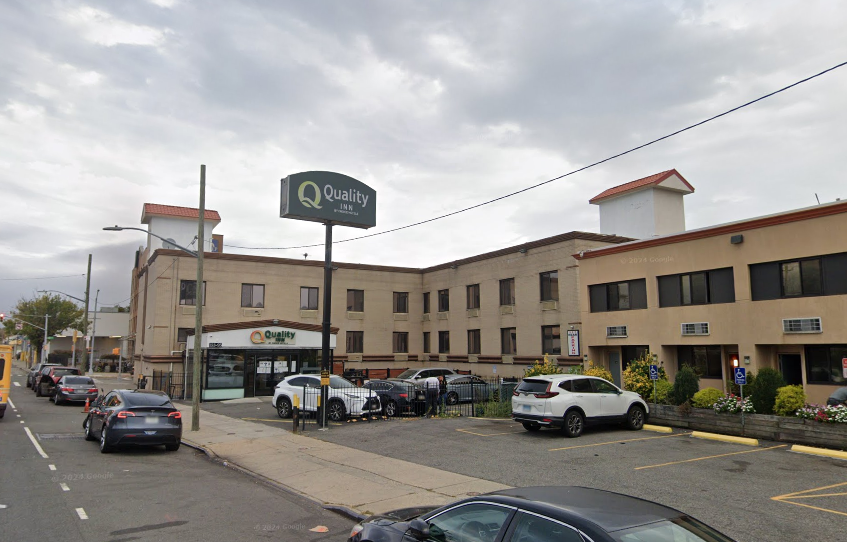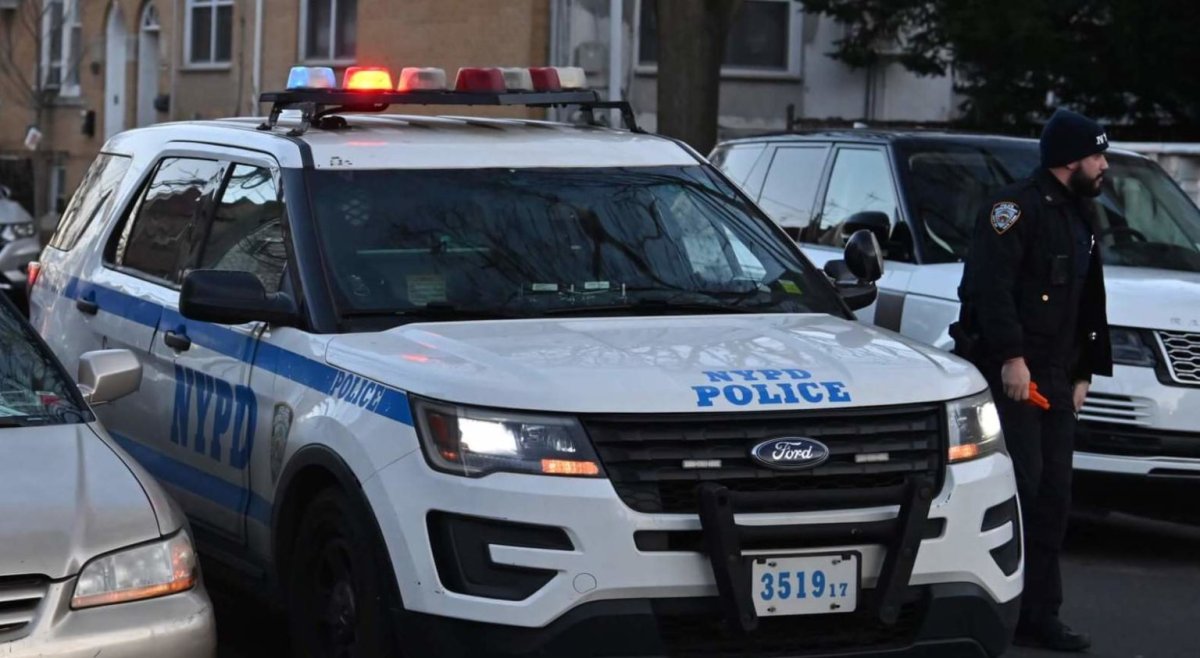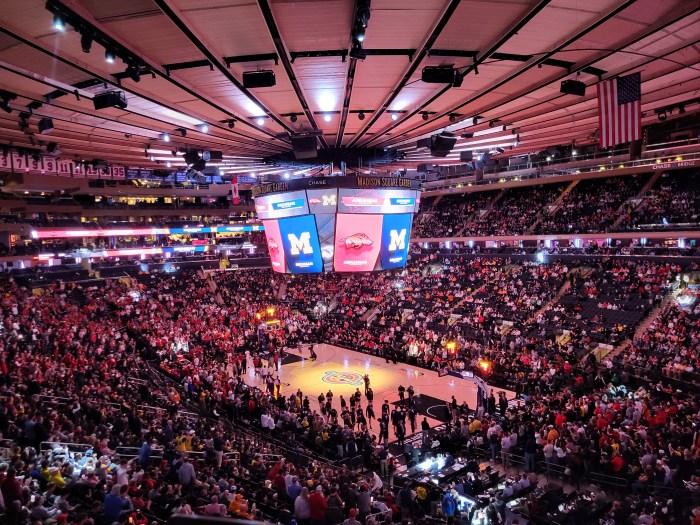The nickname of the Manhattan Detention Center speaks for itself: “The Tombs” is a dreary, depressing, and dark jail next to the Manhattan Criminal Court. In 1996, I spent the worst months of my life there, and I can’t wait to see it torn down. Soon, that process will start, as part of the plan to close NYC’s fourteen existing jails and replace them with a smaller borough-based system of four jails, reducing citywide jail capacity from 17,500 beds to 3,300 beds.
As you might expect from the name, there’s no true ventilation in that facility. It contributes to a build-up of mold – I could feel that my health, and that of the other people held there, was at risk. The only natural light barely creeps in from narrow windows that were installed so that people inside can’t see out of them. There is no space for programs, and very little opportunity for movement at all. Like most city jails, one of the worst parts of my experience was in intake. This fall, people were rightfully shocked after seeing photos of the conditions in the intake pens at Rikers – imagine an intake area that is somehow even smaller, and that was my experience at The Tombs.
The inhumane conditions at The Tombs have been a recurring issue for decades. In 1970, men incarcerated at the previous Tombs building formed the Inmates Liberation Front, led by Victor Martinez, to protest unlivable conditions. Their list of complaints were things I also experienced in my time there years later, and sound a lot like the list complaints from Rikers and other city jails in the current crisis: “physical brutality perpetrated against [incarcerated people]; poor food, clothing and medical attention; lack of adequate legal representation; excessive bail; failure of the courts to hear cases that, in effect, amounts to preventive detention.”
I wish I could say these things don’t still happen, just like I wish preventable deaths didn’t still happen at The Tombs and the other decrepit facilities in this city. But just over a year ago, Ryan Wilson died by suicide in The Tombs after repeatedly warning the correction officer on duty that he was in crisis and needed help.
For years, I have been a leader in the movement to close Rikers Island, reduce incarceration in our city, and transform conditions of confinement for anyone who remains detained. The replacement borough jails, including the one set to replace the Tombs, are a necessary piece of that plan. The Tombs needs far more than a bit of sprucing up to be a place that could provide a livable environment. There is no way to renovate that place to provide the kind of program space, personal space, natural light, or freedom of movement necessary to recognize the humanity of people detained there. The replacement jail in lower Manhattan will have slightly fewer beds (886) than the Tombs (898), but more space to improve the conditions of confinement and reduce the harms of incarceration I’ve laid out above.
The replacement borough jails are also just one piece of a much larger plan – to transform both our approach to public safety and the way New York City’s jails are operated. Changing the physical structures alone will not address systemic inequity. We need to change the systems themselves. We need to increase investments in alternatives to incarceration, invest in treatment alternatives for people with serious mental health needs that operate totally outside of the criminal justice system, and continue to overhaul both bail law and parole supervision at the state level so fewer people are kept in city jails who aren’t serving time. We don’t need to choose between addressing physical conditions in jails or addressing the systems that feed them or reigning in the rogue Department of Correction. We must do all of it.
As we end the practice of hiding our city’s jails on an island, we have a greater opportunity to create transparency and accountability, and keep communities involved and invested in the humanity of the people detained there. We can better be the eyes assuring that our own neighbors are being treated humanely. I wish I felt confident that lower Manhattan residents who have called for “reform” while criticizing this plan would be partners in that, but unfortunately they have shown time and again that NIMBYism and self-interest are their primary motivators. Opponents of the plan to close Rikers, like, for example, the Lin Sing Association, expose themselves as doing little more than stretching to defend an indefensible status quo when they insist they support “prison reform” but have never previously stood with formerly incarcerated people like myself to advocate for that.
We are at a historical moment. With The Tombs set to be replaced, and Rikers required to close by 2027, we must all be laser focused on two things: reducing incarceration, and protecting the human rights of people who are still detained. For those who are truly invested in that, there is plenty of room to join that fight.



